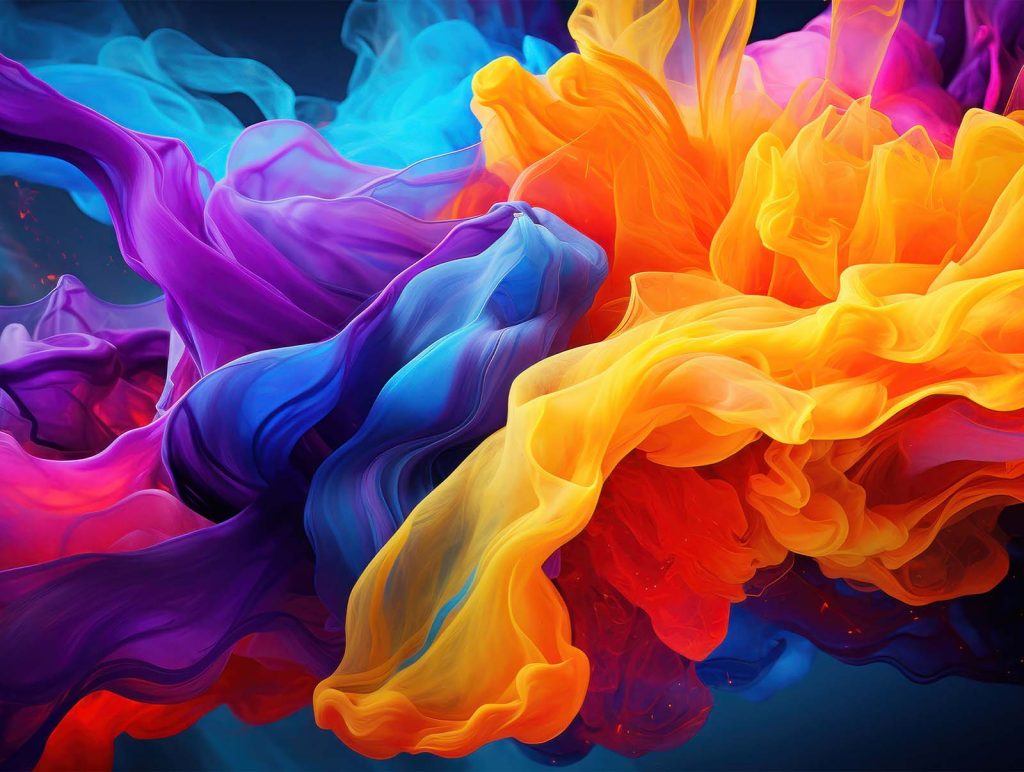With the global market for AR and VR set to explode in the next few years, how are businesses using the tech to engage with customers in new and interesting ways?
The global market for augmented reality (AR) technology and applications is expected to grow from $17.8 billion in 2018 to $215 billion in 2021, according to Statista. And virtual reality (VR) technology is on a similar trajectory.
It’s a pretty big deal.
A recent Perkins Cole report suggests a lot of that investment could come from marketers – which is no surprise really, considering marketers are constantly looking for innovative ways to beat the competition.
So how can AR and VR technology be used in marketing? And should your business venture into this futuristic field?
What are VR and AR?
Before we get into it, let’s go over the basics.
In a nutshell, AR augments your current surroundings, while VR immerses you in a completely different artificial environment.
With AR, you can still see your environment and surroundings through your screen – usually a smartphone or tablet. As you move your screen, AR overlays digital graphics or data onto what you can see. There are several great game examples of this; the most well known being Pokemon Go.
VR, on the other hand, requires a specially designed headset, completely replacing what you can see with a digitally generated environment or specially shot video. This time, instead of moving a camera on your mobile device, simply moving your head causes your surroundings to move – just as they would if you were really there. Think OASIS from Ready Player One.
Possible use cases for AR and VR
On paper, the possibilities of AR and VR are limited only by your imagination. Of course, the reality will be limited by your budget and your organisation’s technical capabilities.
But, assuming you have the necessary budget and capabilities, both AR and VR provide you with valuable opportunities to create engaging and useful experiences for clients and customers.
That focus on customer experience and value is important. No one is going to strap a VR set to their head to be immersed in what is little more than a self-serving advert. How can AR and VR help you to improve the customer experience?
For example: sellers of physical products like furniture or building materials can use AR to give customers a way to visualise and experience products in their space before buying. Want to see how that new wardrobe would look against your bedroom wall? AR can do it.
IKEA launched their Place app in 2017, making it easy for customers to do just that.
AR apps like this are useful tools for customers deciding which items to buy, giving them greater confidence in their purchases, particularly when shopping online when it’s not possible to see the item in real life.
Resene’s ColourMatch application is another excellent example. The popular application allows customers to see what colours look like in their commercial premises by simply pointing their phone at the chosen wall.
This principle is being applied to fashion too, with many brands allowing you to upload a photo and try out different hair and cosmetic colours.
VR has a range of potential business uses.
An obvious VR example is real estate. Not sure if you want to travel so far to the house viewing? A VR walkthrough can help you to get a much better feel for the property than any number of online photo galleries and floor plans.
VR can also be a powerful training tool – helping customers or employees to experience a workflow or process and practise certain procedures before carrying them out in the real world.
These are just a few examples of use cases we’re already beginning to see. But I’m sure plenty more will develop as more and more businesses experiment with the technologies.





